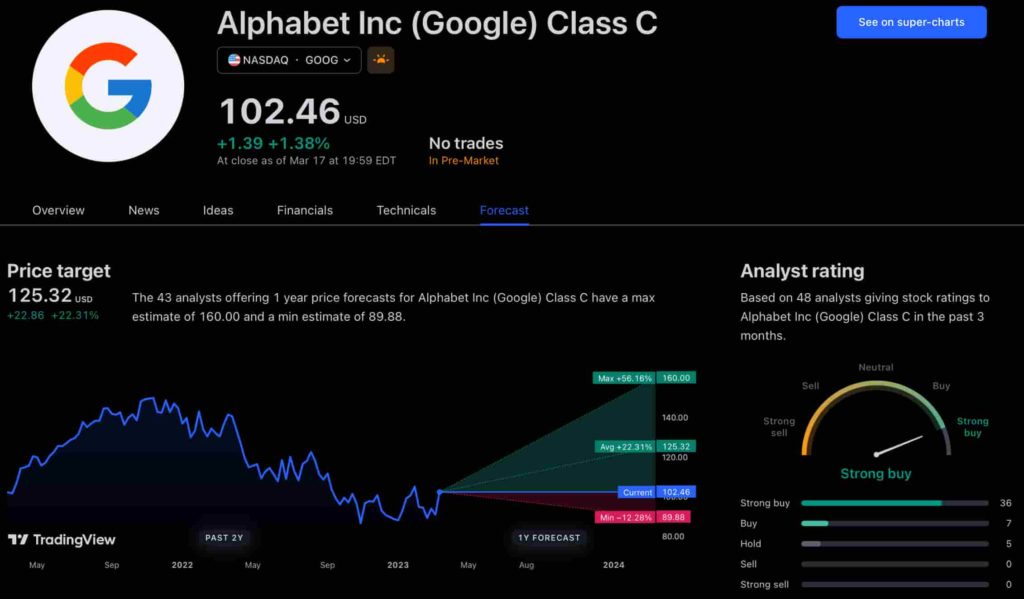(CNN)A Facebook account impersonating the Swain County board of elections in North Carolina. Unfounded rumors that Tarrant County, Texas, doesn’t have former Vice President Joe Biden on the ballot. Wrong claims in Maine that Election Day is on different days for Republicans than for Democrats.
The misinformation on social media is contributing to a heightened alert ahead of Super Tuesday, when millions of Americans are expected to cast 2020 primary ballots.
“Misinformation is the most likely source of trouble we’re going to experience this year,” Keith Ingram, elections director at the Texas Secretary of State’s office, told CNN.
State officials say misinformation poses as big a threat to elections as cyber-attacks that could cripple voting infrastructure. So to counter the bad information online, states are increasingly going on the offensive — trying to spread good information to inoculate the public.
But while experts commend the effort, many have questions about its effectiveness — and some say states could be doing more.
Earlier this week, California’s secretary of state sent emails to the 6.6 million registered voters with email addresses on file, directing them to the state’s election education guide. North Carolina’s board of elections ran radio ads recently reminding voters that photo identification will not be necessary in the state on Super Tuesday, thanks to a recent court ruling.
Ingram said Texas’s online portal for accurate election information, votetexas.gov, is being “pounded in people’s minds” through social media.
And across the country, officials are using the hashtag #trustedinfo2020 to tell Americans exactly where to find the bedrock truth for election information.
“Your source for #TrustedInfo2020 is ALWAYS your state and county election officials,” Oklahoma’s state election board tweeted last week — pointing voters to an internet portal for identifying polling places and requesting absentee ballots. The hashtag campaign is organized by the National Association of Secretaries of State (NASS).
Drowning out misinformation
By flooding the zone with constructive content, states are hoping to drown out negative or harmful material. It’s an idea linked to a growing body of research on online extremism, which has found that offering a contrasting view against hate speech can minimize its impact and lead to more engagement for the positive messages on social media.
“The #trustedinfo2020 campaign is really a sort of reminder to people that there are resources that they can trust if they hear something or if they have some question about the news,” said Maine Secretary of State Matthew Dunlap in an interview with CNN.
Meanwhile, in California, Secretary of State Alex Padilla has taken out ads on social media to promote the visibility of accurate information, according to Sam Mahood, an agency spokesman. In some cases, Mahood said, posts from the secretary’s official social media accounts correcting online misinformation were picked up by news outlets who helped further suppress the spread of false claims.
Social media platforms have also dramatically improved their relationships with states compared to 2016 and 2018, election officials said. Whereas some states once lacked ways to contact Facebook or Twitter in earlier cycles, that’s changed, said Ingram.
“They’ve all made themselves accessible,” he said. “They all have folks who reach out to us, and we have their [contact] information.”
The same goes for the federal government. The Department of Homeland Security has established real-time communications channels for state and local officials to share reports of suspicious activity. Those portals are mostly focused on cybersecurity threats. But the US government will “continue to plan for the worst” as it anticipates Russia continuing its misinformation efforts this year, acting Homeland Security secretary Chad Wolf told CNN last week in North Carolina.
Wolf also called on voters to make sure they are “getting their information straight from the source.”
States reaching out to social media
As recently as last week, Facebook removed a misleading page that falsely told North Carolina voters they could fill out one bubble on a general-election ballot in order to vote for a single party across all eligible races, said Patrick Gannon, a spokesman for the state board of elections. The page risked confusing North Carolinians and damaging trust in the democratic process, he added, but Facebook removed it at the state’s request.
Still, playing Whack-a-Mole against individual cases of misinformation is no substitute for providing credible information, according to state officials.
Experts say awareness campaigns like #trustedinfo2020 are critical to improving public trust in the democratic process.
But, they added, there’s no single solution for a problem as abstract and multi-faceted as online misinformation, said Matt Sheehan, managing director of the Center for Public Interest Communications at the University of Florida.
“I wish there was a fix as simple as a hashtag, but it runs counter to how we’re wired as humans,” he said. “Our personalities and worldviews color the information we find credible, or seek out as consumers.”
The dedication of those trying to mislead voters, as well as the natural ebb and flow of ordinary misinformation, makes it hard for officials to compete, said Rachel Goodman, an attorney at the civil society nonprofit Protect Democracy.
“The unfortunate reality is, because there’s so many resources on the misnformation side,” she said, “it’s hard to see until we’re really in the crucible how it really measures up.”
By some estimates, the #trustedinfo2020 campaign doesn’t appear to have spread very far. One researcher who analyzed the hashtag told CNN that since late last year, it has been mentioned in about 10,000 tweets, mostly in posts created by election officials themselves. NASS declined to comment.
“Ten thousand mentions since mid-November is a relatively low volume,” said Ben Nimmo, a nonresident senior fellow at the Atlantic Council’s Digital Forensic Research Lab. “It shows there’s been some pickup, but it’s not a viral phenomenon yet.”
CNN’s Geneva Sands contributed to this report.



















